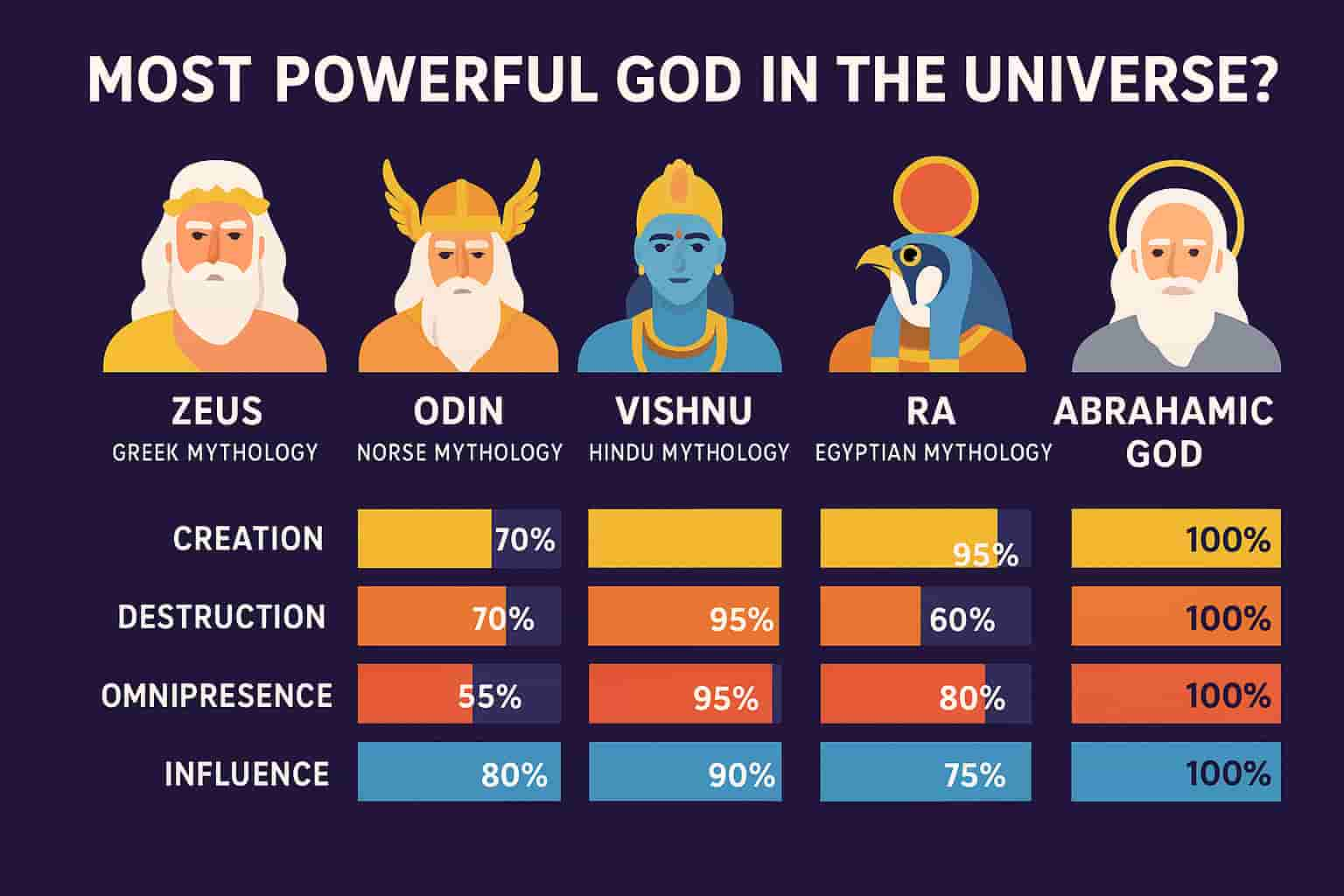
10 Most Powerful Mantras in Hinduism: Sacred Chants for Spiritual Growth & Success
Introduction
Mantras, sacred sounds rooted in Hinduism’s Vedic traditions, are vibrational tools for spiritual awakening. Originating over 3,000 years ago, these chants harness the primal energy of sound (shabda) to align the mind, body, and spirit. From the timeless Om to the life-affirming Gayatri Mantra, Hindu mantras offer universal wisdom for inner peace and prosperity. Whether you seek clarity, healing, or success, this guide explores the most potent mantras and how to use them authentically. Let’s dive in.
Section 1: What Makes a Mantra Powerful?
Mantras derive their power from three key elements:
-
Sound Science: Ancient rishis (sages) recognized that specific frequencies, like Om’s 432Hz resonance, harmonize with the body’s energy centers (chakras).
-
Intention & Faith: A focused mind amplifies a mantra’s effects. As the Bhagavad Gita says, “Chanting with devotion unlocks divine grace.”
-
Repetition (Japa): Using a 108-bead mala during Brahma Muhurta (pre-dawn hours) deepens focus, embedding the mantra into the subconscious.
Section 2: Top 10 Most Powerful Hindu Mantras
1. Gayatri Mantra (Rig Veda 3.62.10)
-
Sanskrit: ॐ भूर्भुवः स्वः तत्सवितुर्वरेण्यं भर्गो देवस्य धीमहि धियो यो नः प्रचोदयात्
-
Transliteration: Om Bhur Bhuvah Svah Tat Savitur Varenyam Bhargo Devasya Dheemahi Dhiyo Yo Nah Prachodayat
-
Meaning: Invokes the divine light of the sun for wisdom and enlightenment.
-
Benefits: Enhances intuition, purifies karma, and sharpens focus.
-
Practice: Chant 108x at sunrise with a tulsi mala.
2. Mahamrityunjaya Mantra (Rig Veda 7.59.12)
-
Sanskrit: ॐ त्र्यम्बकं यजामहे सुगन्धिं पुष्टिवर्धनम् उर्वारुकमिव बन्धनान् मृत्योर्मुक्षीय मामृतात्
-
Transliteration: Om Tryambakam Yajamahe Sugandhim Pushtivardhanam Urvarukamiva Bandhanan Mrityor Mukshiya Maamritat
-
Meaning: Honors Shiva as the conqueror of death for healing and longevity.
-
Benefits: Overcomes fear, promotes physical rejuvenation, and protects from negativity.
-
Practice: Recite 11x daily during illness or stress.
3. Om Namah Shivaya
-
Sanskrit: ॐ नमः शिवाय
-
Transliteration: Om Namah Shivaya
-
Meaning: “I bow to Shiva” – symbolizes surrender to the divine destroyer of ego.
-
Benefits: Cultivates inner strength, dissolves negativity, and awakens consciousness.
-
Practice: Chant 108x daily with a rudraksha mala.
4. Hare Krishna Mahamantra (Kali Santarana Upanishad)
-
Sanskrit: हरे कृष्ण हरे कृष्ण कृष्ण कृष्ण हरे हरे हरे राम हरे राम राम राम हरे हरे
-
Transliteration: Hare Krishna Hare Krishna Krishna Krishna Hare Hare, Hare Rama Hare Rama Rama Rama Hare Hare
-
Meaning: Invokes divine love through Krishna and Rama’s sacred names.
-
Benefits: Elevates mood, fosters devotion, and purifies the heart.
-
Practice: Sing aloud or meditate on the mantra for 20 minutes daily.
5. Om Namo Narayanaya
-
Sanskrit: ॐ नमो नारायणाय
-
Transliteration: Om Namo Narayanaya
-
Meaning: Salutations to Vishnu (Narayana), the sustainer of the universe.
-
Benefits: Attracts abundance, instills peace, and harmonizes relationships.
-
Practice: Chant during meditation for 10 minutes daily.
6. Durga Mantra (Durga Saptashati)
-
Sanskrit: या देवी सर्वभूतेषु शक्तिरूपेण संस्थिता नमस्तस्यै नमस्तस्यै नमस्तस्यै नमो नमः
-
Transliteration: Ya Devi Sarva Bhuteshu Shakti Rupena Samsthita Namastasyai Namastasyai Namastasyai Namo Namah
-
Meaning: Honors Goddess Durga as the universal feminine energy.
-
Benefits: Boosts courage, removes obstacles, and empowers creativity.
-
Practice: Recite 21x during Navratri or times of challenge.
7. Shanti Mantra (Taittiriya Upanishad)
-
Sanskrit: ॐ सह नाववतु सह नौ भुनक्तु सह वीर्यं करवावहै तेजस्वि नावधीतमस्तु मा विद्विषावहै ॐ शान्तिः शान्तिः शान्तिः
-
Transliteration: Om Saha Navavatu Saha Nau Bhunaktu Saha Viryam Karavavahai Tejasvi Navadhitamastu Ma Vidvishavahai Om Shanti Shanti Shanti
-
Meaning: A prayer for peace, unity, and collective growth.
-
Benefits: Reduces anxiety, fosters harmony, and enhances learning.
-
Practice: Chant before starting a new project or study session.
8. Ganesh Mantra (Ganesha Atharvashirsha)
-
Sanskrit: ॐ गं गणपतये नमः
-
Transliteration: Om Gam Ganapataye Namah
-
Meaning: Invokes Ganesha, the remover of obstacles.
-
Benefits: Clears blockages, attracts success, and sharpens intellect.
-
Practice: Chant 108x before beginning any new endeavor.
9. Ashtakshara Mantra (Vishnu Sahasranama)
-
Sanskrit: ॐ नमो भगवते वासुदेवाय
-
Transliteration: Om Namo Bhagavate Vasudevaya
-
Meaning: Reverence to Lord Krishna (Vasudeva), the divine guide.
-
Benefits: Deepens spiritual connection, dispels confusion, and invites joy.
-
Practice: Repeat 21x daily with a focus on the heart chakra.
10. So Ham Mantra (Yoga Tradition)
-
Sanskrit: सो ऽहम्
-
Transliteration: So Ham
-
Meaning: “I am That” – affirms oneness with universal consciousness.
-
Benefits: Reduces stress, enhances mindfulness, and awakens self-realization.
-
Practice: Sync with breath: inhale “So,” exhale “Ham” for 10 minutes.
Section 3: How to Chant Mantras Correctly
-
Pronunciation: Start slow; use YouTube tutorials or a guru’s guidance.
-
Posture: Sit cross-legged (Sukhasana) with a straight spine.
-
Timing: Brahma Muhurta (4–6 AM) maximizes receptivity.
-
Mindset: Visualize the mantra’s deity or intention.
-
Pro Tip: Pair with breathwork—inhale “Om,” exhale “Shanti.”
-
Link: Learn mala bead techniques here.
-
Section 4: FAQs
1. Can non-Hindus chant these mantras?
Yes! Hinduism embraces universal spirituality. Approach with respect and curiosity.
2. What if I mispronounce a mantra?
Intent matters most. Gradually refine pronunciation through practice.
3. How long until results appear?
Consistency is key—40 days of daily japa is a traditional benchmark.
Conclusion
Mantras are bridges to the divine, accessible to anyone willing to practice. Start with one chant, like Om Namah Shivaya, and observe its transformative ripple effect. Share your favorite mantra below, and explore our guide to Hindu meditation techniques next!
Which mantra resonates with you? Let us know in the comments!


